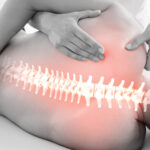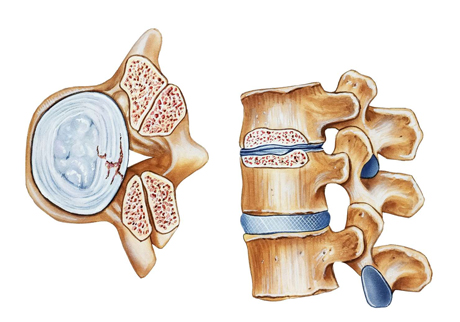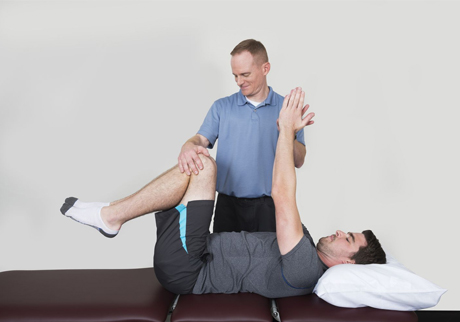
Back Pain
March 18, 2024Stenosis
With advancing age, the joints of the vertebrae undergo wear and tear, leading to a narrowing of the spinal canal, a condition known as stenosis. This narrowing exerts pressure on the neighboring nerves, resulting in limb weakness.
Stenosis is typically progressive and may manifest without symptoms. Approximately 95% of stenosis patients also experience sciatica.
Causes of Stenosis
Stenosis arises primarily from the natural wear and tear associated with aging, commonly affecting individuals over the age of 50. Other contributing factors to spinal stenosis include:
- Rheumatoid or osteoarthritis.
- Herniated disc: Leakage of the soft gel within the vertebrae, exerting pressure on surrounding nerves.
- Bone spur: Overgrowth of bone that compresses nerves within the spinal canal.
- Ligament thickening: Aging-related thickening of ligaments, leading to bulging into the spinal canal.
- Narrow spinal canal from birth.
- Tumors within the spinal canal, reducing available space.
- Degenerative scoliosis: Sideways bending of the spine resulting in reduced canal space.
- Spondylolisthesis: Forward slipping of one vertebra over another.
- Spinal injuries causing dislocation.
- In rare instances, congenital stenosis present from birth.


Treatment for Stenosis
To enhance strength and flexibility in patients with stenosis, the following treatments are employed:
Pain Management:
- Cell Repair Technology: PhysioNeedle offers an innovative approach to pain management utilizing frequency-specific microcurrents to stimulate cellular self-repair in the affected region
- Long-term Relief: Conservative treatment methods such as spine rehabilitation and isolation therapy (available exclusively at PhysioNeedle Clinic) effectively manage pain.
Surgery:
- Surgical intervention remains a subject of debate, with approximately 18% of patients requiring repeat surgeries within 8 years.
PhysioNeedle is dedicated to delivering precise and efficient treatment. Through Digital Spine Analysis, tailored isolation-based protocols are designed to strengthen weakened muscles in the affected area. Data intelligence ensures standardized clinical delivery.



